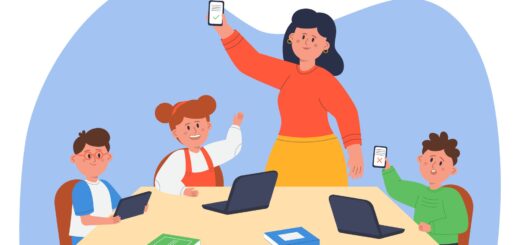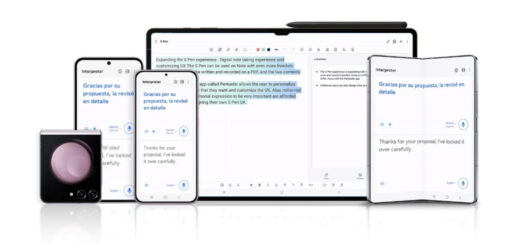How Schools Can Use AI to Personalize Education for Every Student

AI has recently accelerated technological advancement and proved to be a life-changing tool. Countless industries are harnessing the power it has by integrating it into their day-to-day operations. However, one sector that has been slow to react is education, with schools still wondering how or if it fits into the school system.
Given the revolutionary possibilities of technology, AI can provide countless benefits in a learning environment. It can help teachers distill knowledge more effectively, and students learn more efficiently. Most notable is its capability to provide a personalized learning experience for each student and increase the quality of education received.
As a student, you might be struggling to understand a subject or topic. To avoid falling behind, you can hire an essay writer who lets you know how to write an article review and helps you with your coursework. For now, an essay writing service is the best chance you have of personalized help before AI is integrated into the school system.
Here are the ways artificial intelligence can help improve education.
A Customized learning experience for each student
One of the drawbacks of a classroom setting is that not every student can learn at the same pace. Every pupil is different and has a unique learning style. This makes it challenging to cater personally to each of their needs, especially if you are dealing with a large class.
Hence, it is likely that students will seek outside help if they find the coursework challenging. For instance, they can order essays from the best write my essay services online and receive one-on-one tutoring. Through the help of a professional essay writer, they gain more understanding of a subject.
Thanks to AI, teachers can worry less about learners getting left behind. Artificial intelligence can analyze huge amounts of data to come up with patterns and predict each student’s learning preferences. This allows teachers to design customized learning experiences that align with each student’s abilities and interests.
Adjust a course to help when a student is struggling
Through continuous monitoring, an AI system can easily adjust the pace, difficulty, and lesson content based on a student’s progress and performance. Because the system is constantly analyzing how a student progresses through the course, it can identify areas where they might be struggling and make adjustments.
For instance, if a student is struggling with a concept, AI can recommend additional exercises or offer educational resources to help them better grasp the material.
Real-time feedback to learners

In traditional learning environments, students have to wait for assignments and tests to get graded. Thanks to AI, pupils can receive immediate feedback on their work to help them correct mistakes. They can track their progress at any given moment, allowing them to perform tasks more effectively.
This model of learning encourages students to build their confidence, remain motivated and adopt a positive outlook on education.
Round-the-clock support
Students normally have a hard time getting help with coursework outside school hours because they cannot contact their teachers. AI, on the other hand, is easily accessible at any given moment. Furthermore, AI chatbots are programmed to have a conversation with the user, which allows pupils to interact with the system and receive support as they would with their teacher.
Educators can leverage innovative tools and technologies to provide more personalized and effective learning experiences. Adaptive learning platforms, for example, use data analytics and machine learning algorithms to assess each student’s progress, strengths, and weaknesses. By analyzing individual learning patterns, adaptive learning systems can tailor educational content to suit the needs of each student. LUCA AI is another example of a tool that takes personalized learning to a new level by analyzing a child’s interests and crafting custom stories that align with those interests. By integrating personal preferences into the literary journey, LUCA AI fosters a love for reading and encourages a deeper connection with educational content.
The advanced capability of AI systems means that pupils have a personal tutor they can talk to whenever they please. They can receive in-depth responses to their queries and obtain personalized guidance, ensuring learning continues outside the classroom.
For AI systems to be adapted to providing tutoring to learners, a large amount of data is fed into the system to create algorithms that understand a question, solve it, and recommend the correct way to perform it. Other than providing contextual information to students, the current AI systems such as Google’s Minerva can solve challenging math problems for learners in colleges or universities and provide accurate feedback to math problems.
Below are more examples of AI software college students can utilize to solve math problems:
- AIR math
- Mathway
- Microsoft Math solver
- Photomath
- Camera Math
- Socratic
- MyScript
Conclusion
AI is a powerful tool that can revolutionize the education sector if implemented well. However, it should be used to complement the learning experience and not serve as a replacement for teachers. At the end of the day, it is crucial that students receive guidance from their educators. Moreover, artificial intelligence still needs to be overseen by teachers to ensure it is providing its intended value.









 RSS - All Posts
RSS - All Posts